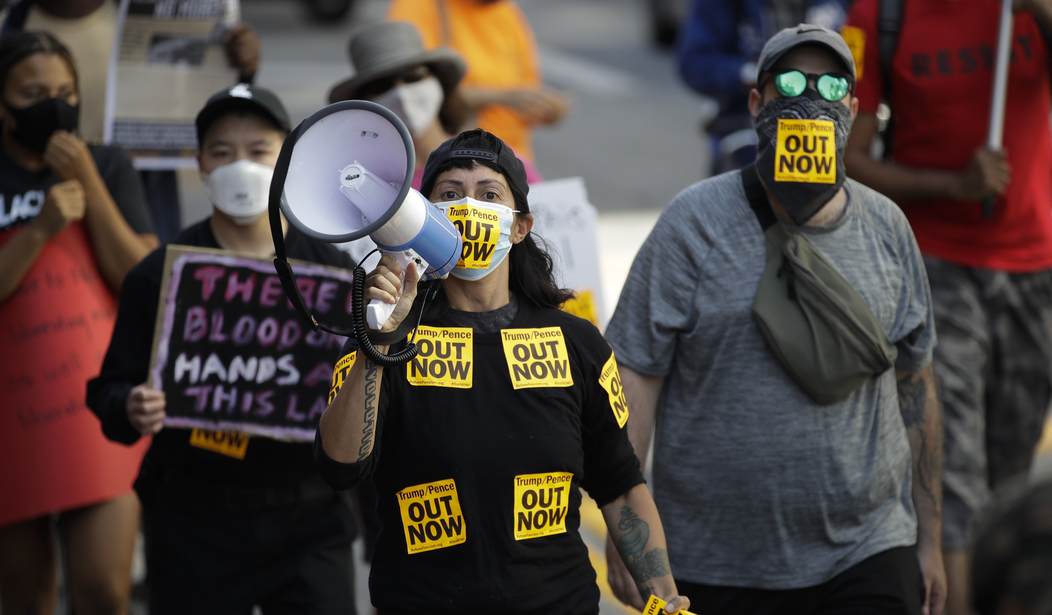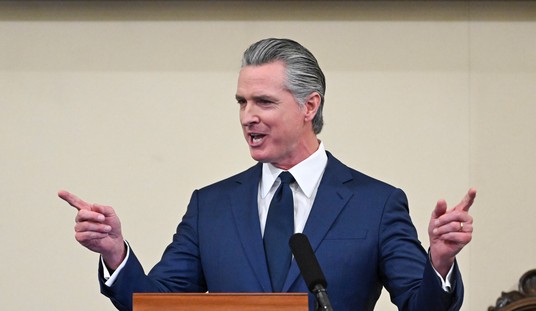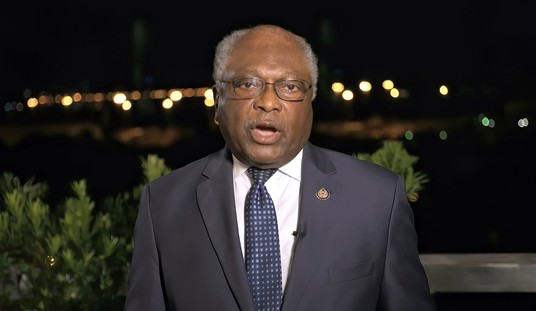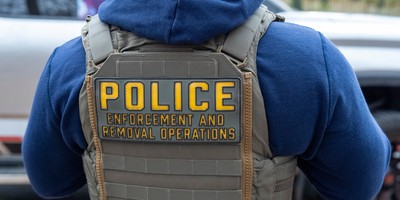There is no denying the national grief and outrage following the killing of George Floyd, captured in agonizing detail on videotape. The image of a white police officer with a knee on the neck of a dying man left an indelible mark on America. But why did that killing lead to national protests and riots?
On June 26, BBC News ran an article titled, “George Floyd: Timeline of black deaths caused by police.”
The timeline begins with the death of Eric Garner, July 17, 2014.
It continues with the deaths of Michael Brown, August 9, 2014; Tamir Rice, November 22, 2014; Walter Scott, April 4, 2015; Alton Sterling, July 5, 2016; and Philando Castile, July 6, 2016.
Following the death of my namesake in Ferguson in 2014, there were protests and riots in that city, as well as in other locations. But there was nothing that compared with what has taken place since the death of George Floyd, even though the Black Lives Matter movement came to prominence as a result of Ferguson.
Of course, there was no video footage of Brown’s death. And official reports, even by the Department of Justice, dispute the famous words, “Hands up, don’t shoot!”
Still, since the narrative was widely believed at the time (and, in the larger culture, remains widely believed until this day), why didn’t those protests continue?
Where were the nationwide protests following the deaths of Rice or Scott or Sterling or Castile?
Let’s keep looking at the BBC timeline. Things will become clear in a moment.
The next death listed is that of Stephon Clark, March 18, 2018, then Breonna Taylor, March 13, 2020, then George Floyd, May 25, 2020.
Now, it could be argued that there has been a cumulative effect with these killings, with the dam finally bursting following the killing of Floyd. After all, the video evidence was beyond sickening.
We can also factor in the shooting of Ahmaud Arberry at the hands of white vigilantes earlier this year, with graphic video footage as well.
Recommended
Yet there are reasons to question why the dam happened to burst at this particular time, especially since things were different with the killing of Floyd.
The president immediately called for the FBI and the Department of Justice to investigate. The officers were immediately fired, with the primary offending officer charged within days. Christian leaders from all backgrounds were speaking out. And political leaders were raising concerns about systemic injustice. Why protest and riot now?
The answer is simple. In the words of Patrisse Cullors, co-founder of the Black Lives Matter Global Network, “Trump not only needs to not be in office in November, but he should resign now. Trump needs to be out of office. He is not fit for office. And so, what we are going to push for is a move to get Trump out.”
She continued, “While we’re also going to continue to push and pressure Vice President Joe Biden around his policies and relationship to policing and criminalization. That’s going to be important. But our goal is to get Trump out now.”
The apparent reason, then, that there was not a nationwide protest movement when Brown, Rice, Scott, Sterling, and Castile were killed was that Barack Obama was president.
People were upset. Some protests and riots did take place. The BLM movement was birthed. But there was no desire to hurt the presidency of Obama.
The opposite is true with Trump, especially in an election year, and all the more when he is so vulnerable. In short, “our goal is to get Trump out now.”
Ironically, it was Trump who passed a historic criminal reform bill, largely aiding black Americans. He also passed historic legislation to support black colleges and universities. And black unemployment rates reached all-time lows.
Whatever other charges have been brought against him, claiming his policies were racist and arguing that he took needy people off the rolls of food stamps, it was undeniable that he also did much good for the black American community. (All of this is documented in Evangelicals at the Crossroads.)
But Trump must go, and so the protests and riots and vandalism and attacks on our monuments must continue.
This doesn’t mean that everyone participating in the protests is a puppet. Hardly.
It does mean that the people pulling the strings have a real and clear agenda (see here and here for more). If you don’t believe me, then believe Patrisse Cullors, speaking on behalf of the BLM Movement.
To repeat: “Trump needs to be out of office. He is not fit for office. And so, what we are going to push for is a move to get Trump out.”
Clear enough?

























Join the conversation as a VIP Member